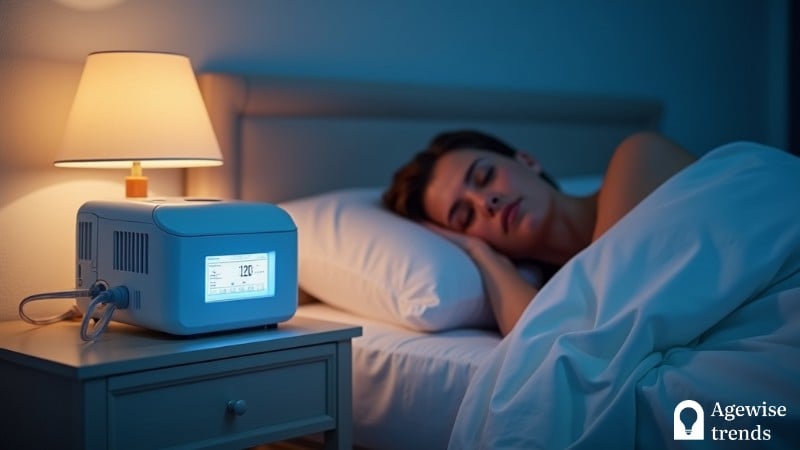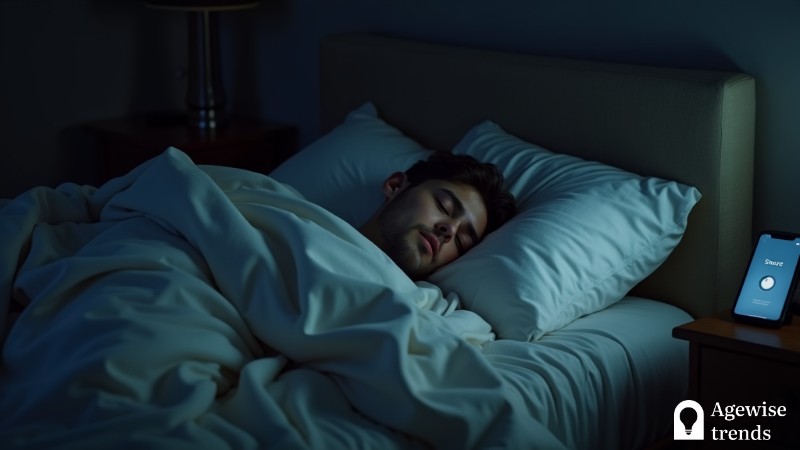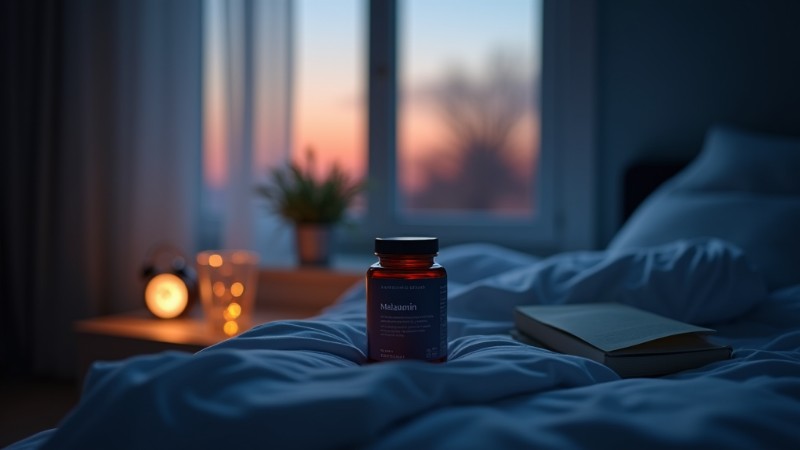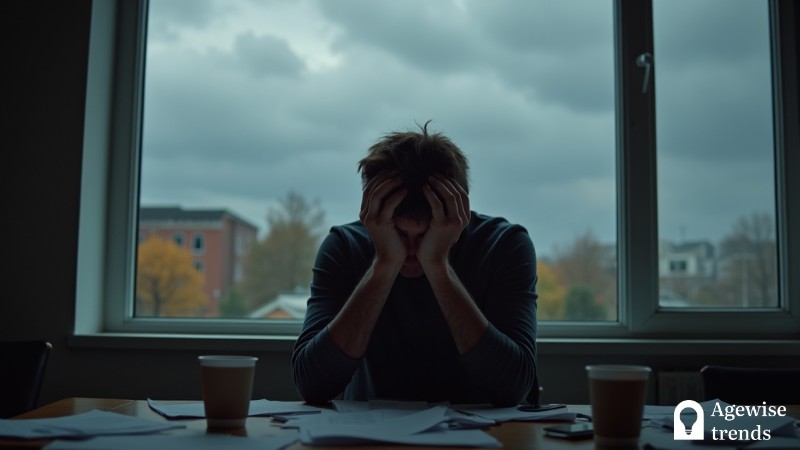Thirty million Americans, including many older adults, live with sleep apnea, a condition that repeatedly disrupts breathing during sleep.
Studies show that untreated sleep apnea increases the risk of heart disease, stroke, and cognitive decline.
One of the most effective treatments for this condition is Continuous Positive Airway Pressure (CPAP) therapy, which delivers a steady stream of pressurized air through a mask to keep airways open and prevent breathing interruptions.
Key Takeaways
Sleep apnea affects many older adults and increases the risk of heart disease, stroke, and cognitive decline; CPAP therapy is a widely used treatment.
- Continuous Positive Airway Pressure (CPAP) therapy effectively keeps airways open during sleep to prevent breathing interruptions.
- Modern CPAP systems include advanced features like humidity control and automatic pressure adjustments for improved comfort and effectiveness.
- Alternative treatments such as oral appliances, positional therapy, and new pharmaceutical interventions are available for those struggling with CPAP use.
What is sleep apnea
Sleep apnea is a disorder marked by repeated airway obstruction, disrupting normal breathing. Symptoms include loud snoring, daytime fatigue, and reduced cognitive function.
Risk factors range from obesity and anatomical irregularities to aging and family history. The condition has been linked to hypertension, cardiovascular and pulmonary diseases, and a higher mortality risk. Its prevalence increases with age.
Sleeping and aging
As people age, changes in the hypothalamus disrupt sleep by weakening the suprachiasmatic nucleus (SCN), which regulates circadian rhythms. Reduced daylight exposure, lower melatonin production, and cortisol fluctuations further contribute to irregular sleep patterns, especially for those in nursing facilities or with Alzheimer’s.
Sleep apnea is another common factor that affects sleep quality, requiring proper management for better rest.
For seniors managing sleep apnea, CPAP therapy is the standard and most widely used treatment.
CPAP machines use a coordinated system to keep airways open during sleep. Pressurized air is delivered through a specialized mask, preventing airway collapse caused by sleep apnea.
Modern CPAP systems have three key components: a well-fitted mask, a quiet motor, and a connecting tube. Advanced models offer features like humidity control and automatic pressure adjustments for improved comfort and effectiveness.
Getting a CPAP machine
A healthcare provider may suggest using a CPAP machine to reduce snoring and prevent sleep apnea.
Securing this device begins with a medical consultation. Persistent symptoms like chronic snoring, breathing pauses during sleep, and excessive daytime fatigue often warrant further evaluation. To confirm a diagnosis and assess the severity of sleep apnea, healthcare providers typically recommend sleep studies.
These studies can be conducted in specialized laboratories or at home. Laboratory-based tests offer comprehensive monitoring under professional supervision, while home studies provide a natural sleep environment that may better reflect typical sleeping patterns.
After diagnosis, health experts issue prescriptions for CPAP machines. These devices can be purchased from medical supply stores or online retailers. Medical supply stores offer in-person consultations and mask fittings, while online platforms provide competitive pricing and convenient delivery options.
Insurance plans significantly impact the cost of CPAP therapy, often covering part or all of the expense when medically justified. Entry-level models start at approximately $650, while advanced units, including accessories and installation assistance, can cost up to $1,000.
Most insurance plans require comprehensive documentation supporting medical necessity. HSAs and FSAs provide supplementary funding options for CPAP-related expenses.
Managing sleep disorders in seniors
Sleep quality tends to decline as people age due to physiological changes and conditions like sleep apnea. Effective CPAP therapy management can significantly improve overall health by reducing the risk of heart disease and cognitive decline.
Seniors can enhance sleep quality by incorporating relaxation techniques, such as deep breathing exercises or guided meditation, alongside CPAP therapy. Maintaining a consistent bedtime routine and addressing discomfort with mask fit can improve adherence and long-term benefits.
Integrating relaxation techniques into pre-sleep routines may also help reduce anxiety associated with CPAP use, promoting more restful nights.
For those struggling to adapt to CPAP therapy, alternative treatments exist. Oral appliances prescribed by dental professionals help maintain open airways during sleep.
Lifestyle modifications, such as weight management programs, have significantly improved symptoms.
Additionally, new pharmaceutical interventions like tirzepatide, recently approved by the FDA, represent promising advancements in sleep apnea treatment.
Positional therapy can also be beneficial, particularly for those who experience increased discomfort when sleeping in certain positions.
Future horizons in sleep apnea treatment
Continued research and technological advancements are improving sleep apnea treatment by enhancing user comfort, reducing noise, and integrating smarter monitoring systems.
Artificial intelligence plays an increasing role in optimizing pressure settings based on individual needs and predicting treatment responses.
Innovations in CPAP technology are making therapy more accessible and comfortable, especially for older adults managing multiple health conditions. Regular professional assessments help ensure these devices remain effective as health needs evolve.
By embracing these advancements and maintaining healthy sleep habits, individuals, including seniors, can improve both sleep quality and overall well-being.
A strong understanding of CPAP therapy and its benefits is crucial for effectively managing sleep apnea. Combining medical treatments with lifestyle adjustments and relaxation techniques can further enhance results.
As research drives personalized treatment approaches, emerging therapies may continue to improve outcomes for those living with sleep apnea, particularly as they grow older.














